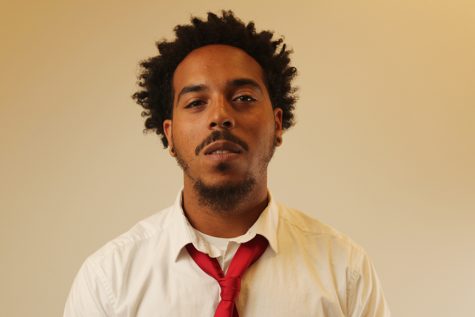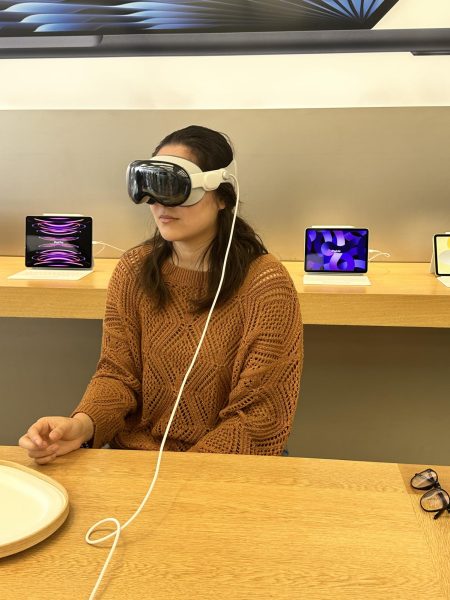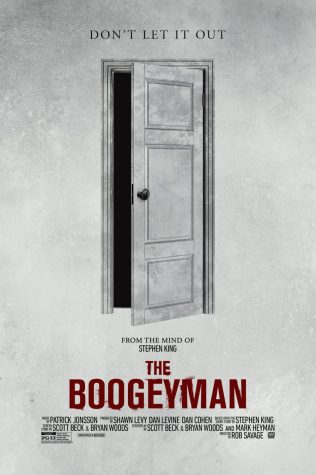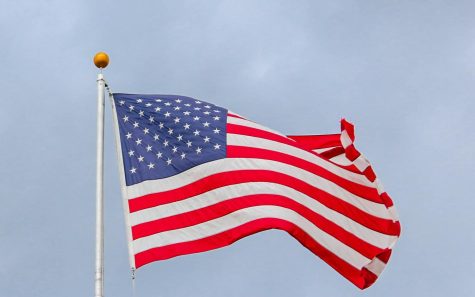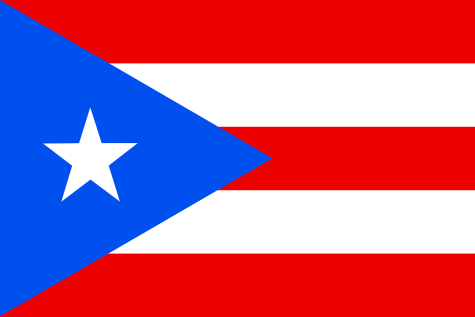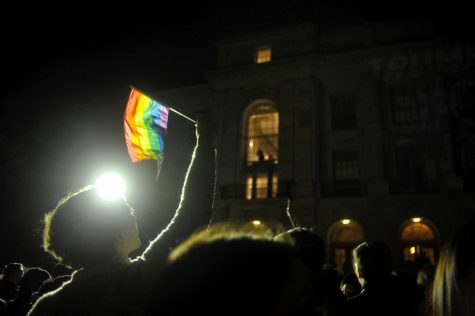Music industry manipulates artists with money, fame myth
December 7, 2016
In our continuously troubling times of social and economic inequality, racial discrimination and police brutality, modern-day rappers and entertainers willingly turn a blind eye to the issues facing American society as they continue to exploit their fans.
Even A-list artists who come from impoverished neighborhoods and oppressed circumstances tend to turn their backs on people still dealing with systemic disparities throughout society.
The moment some rappers get successful and don’t need the attention of the audience that supported them on the way up, they vanish, leaving the people that live in the same adverse situations those same rappers rail against.
Entertainers have a visible platform and do a disservice to their own communities when they don’t give voice to people that are crying out for help. Although researchers still argue over the true percentage, studies show white males are the largest buying group of hip-hop music in America and could be the very reason why rap artists seem to skim over the issues facing minority groups in America.
It simply doesn’t pay enough. Conscious music was replaced with what is known as “gangsta rap,” the kind of hip-hop executives discovered the white demographic was craving for.
Whether it was life imitating art, or the other way around, these stories of “black life” soon became an undeniable reality for young African-Americans — while serving simply as entertainment for listeners of other races.
In 1991, when it became industry fact that 80 percent of hip-hop music was consumed by white males, music insiders geared up to target the pocketbooks of that peculiar audience.
The political critique and social commentary that hip-hop used to provide was pushed to the fringe and replaced with songs filled with pimps, hoes, drugs and gangbangers.
This narrative was sold as the “authentic” stories of black life in America.
As time passed, artists with more lyrical substance and expressions of positivity got pushed to the background and rappers like 21 Savage, Future, Rae Sremmurd, and Young Thug now command the spotlight.
Today, successful mainstream rappers only promote arrogance, ignorance, whores and drug addicts in their music. Never anything positive.
The more thought-provoking and socially conscious artists seem to never get the exposure that the lesser lyrical artists wallow in.
There was a time when what was said on a track was as important as the beat that it was laid down on.
Mainstream rap artists like T.I., Killer Mike and David Banner seem not to care too much about album sales or a dwindling fan base. Instead, they focus more on delivering music with a message and shining a light on the turmoil that plagues America.
Despite these artists willingness to step outside of the box, they are seen as past their prime, necessitating a new generation of artists to inform the masses about the plight of the underrepresented. However, in recent years, artists such as J. Cole and Kendrick Lamar have emerged as a breath of fresh air when compared to the usual hogwash that the radio provides.
These are the artists that should receive our wholehearted support because these are the artists who haven’t turned their backs on the underprivileged yet.
Just like Tupac, they’re the only artists who love us and are willing to give a voice to the people that are not represented in the mainstream.
Tupac come back, hip-hop needs you.
Anthony Kinney is a staff member of The Advocate. Contact him at [email protected].


